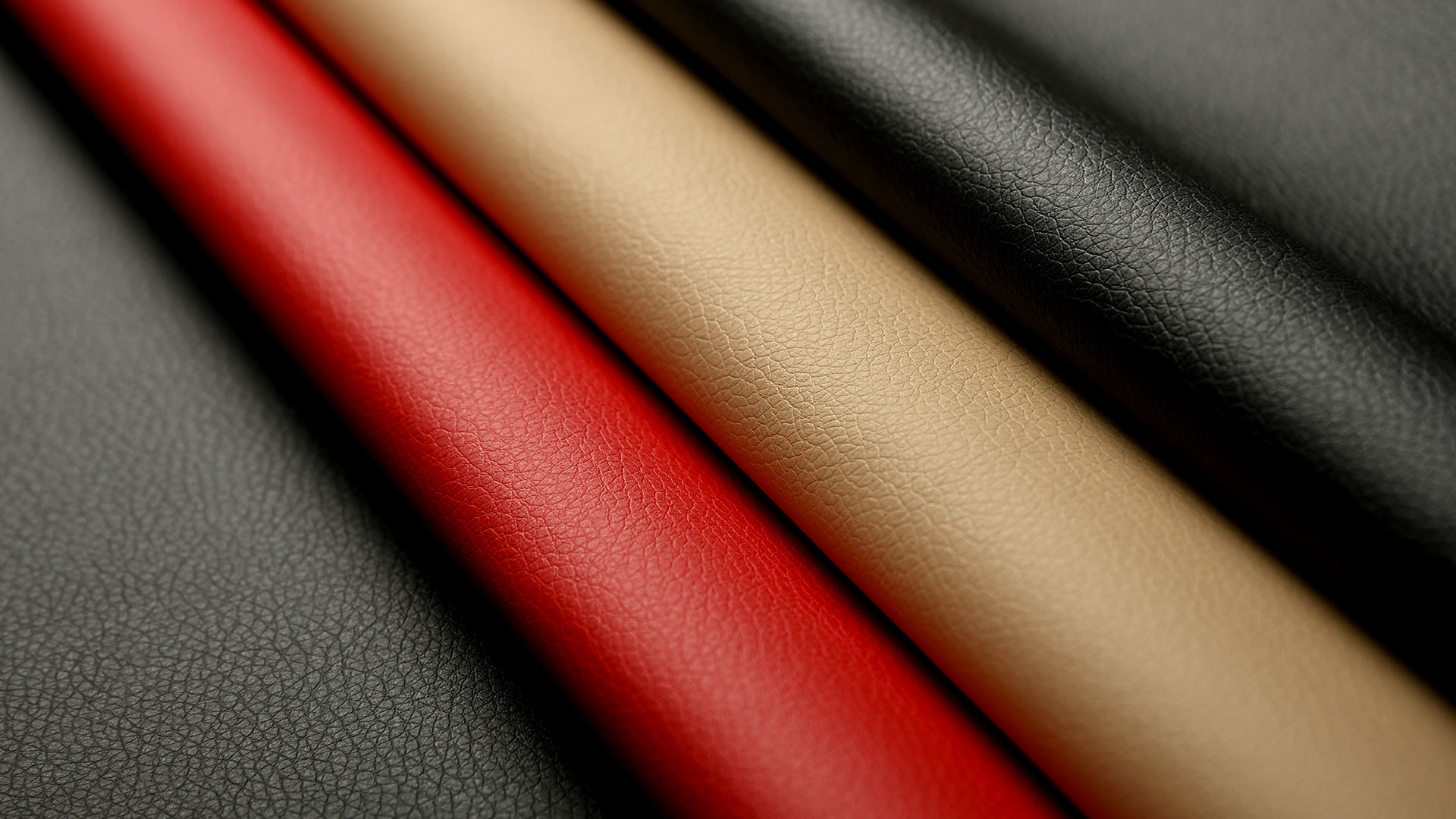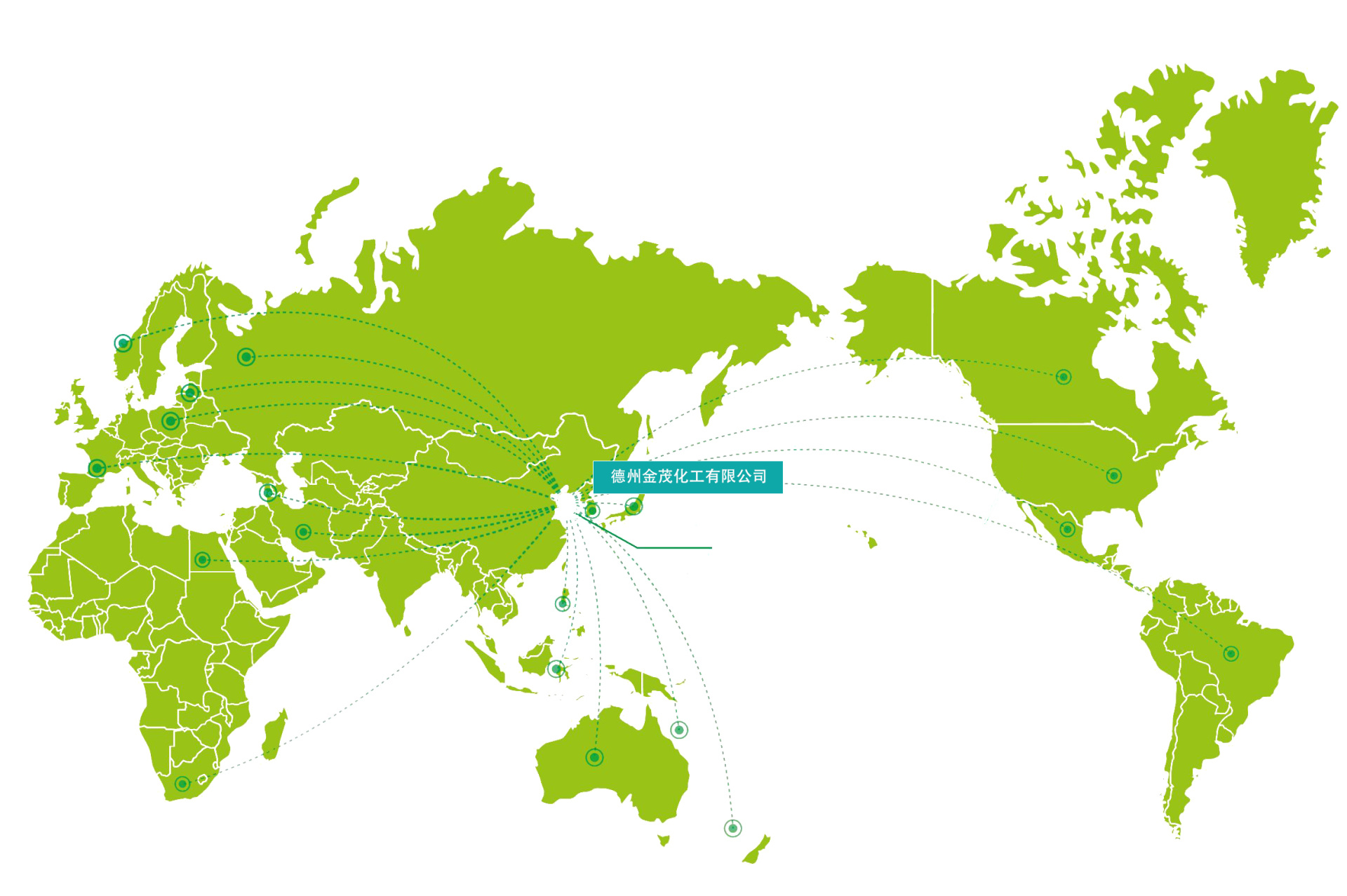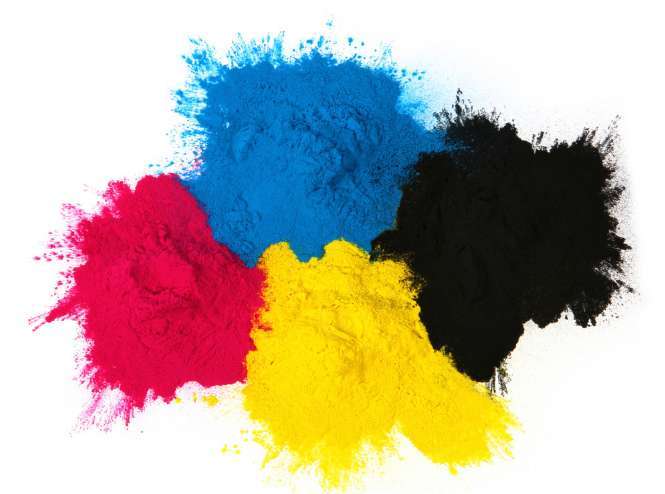How to distinguish between textile auxiliaries and textile dyes?
Dyes are colored substances. However, not all colored substances are dyes.
As a dye, it needs to be able to attach a certain color to fibers, and it should not easily fall off or change color. Dyes are usually soluble in water, and some dyes require mordants to adhere to the fibers. Today, I will teach everyone how to distinguish between textile auxiliaries andtextile dyes..

Textile auxiliaries are chemical substances needed in the production and processing of textiles. They play an indispensable role in improving the product quality and added value of textiles. They can not only endow fibers with various special functions and characteristics such as softness, wrinkle resistance, shrink resistance, water resistance, antibacterial properties, antistatic properties, and flame retardancy, but also improve dyeing and finishing technology, saving energy and reducing processing costs. They are crucial to the overall level of the textile industry and its role in the textile industry chain.
textile dyes.Textile dye: is a dye used for coloring textiles. It mainly consists of plant extracts such as fruits and tree sap, and also includes natural chemical extracts like coal tar. It is divided into natural dyes and synthetic dyes, with synthetic dyes being the main type available on the market. Textile dyes have good color, are not easy to fade, and do not easily lose color when washed. The feel of the fabric changes little after coloring, and it does not become hard, etc. However, the color is not as beautiful as that of acrylic, and the saturation decreases.
Types of textile dyes
1. Reactive: Mostly used for cellulose fabrics, less for protein. Its characteristics include bright colors, good lightfastness, and good wash and abrasion fastness.
2. Acidic: Mostly applied to protein fibers, nylon fibers, silk, etc. Its characteristics include gorgeous colors, but low wash fastness, with a wide range of comparisons for dyeing natural yarns.
3. Disperse: Suitable for viscose, acrylic, polyester, etc., with poor wash fastness, good for polyester, and poor for adhesives.
Preparation of textile dyes
A naturaltextile dyes.raw material: includes 20 parts of balsam extract, 6 parts of camphor leaf extract, 6 parts of ephedra, and 6 parts of tea, etc. According to the mass fraction, clean and dry the ephedra and tea leaves, then crush them with a machine. Place the crushed ephedra and tea leaves into a reactor containing 60 portions of water, and mix at a constant temperature of 50°C for 3 hours, then filter out the filtrate. Add ethyl acetate extraction to the obtained filter, perform organic phase separation, and add balsam extract and camphor leaf extract to the organic phase, heat to 70°C, stir for 25 minutes, and obtain a reddish-brown paste, which is the natural textile dye.
Balsam extract method: Clean the fresh balsam flowers, dry them, and crush them mechanically, then add them to a reactor containing a 50% ethanol-water solution, with a material-to-liquid ratio of 1:25, and stir at 40°C for 3 hours. After stirring, soak at a constant temperature of 50°C for 24 hours, cool to 25°C, and filter to obtain the filtrate; distill and concentrate the filtrate, and dry at 60°C to obtain a purplish-red paste, which is the balsam extract.
Latest developments







